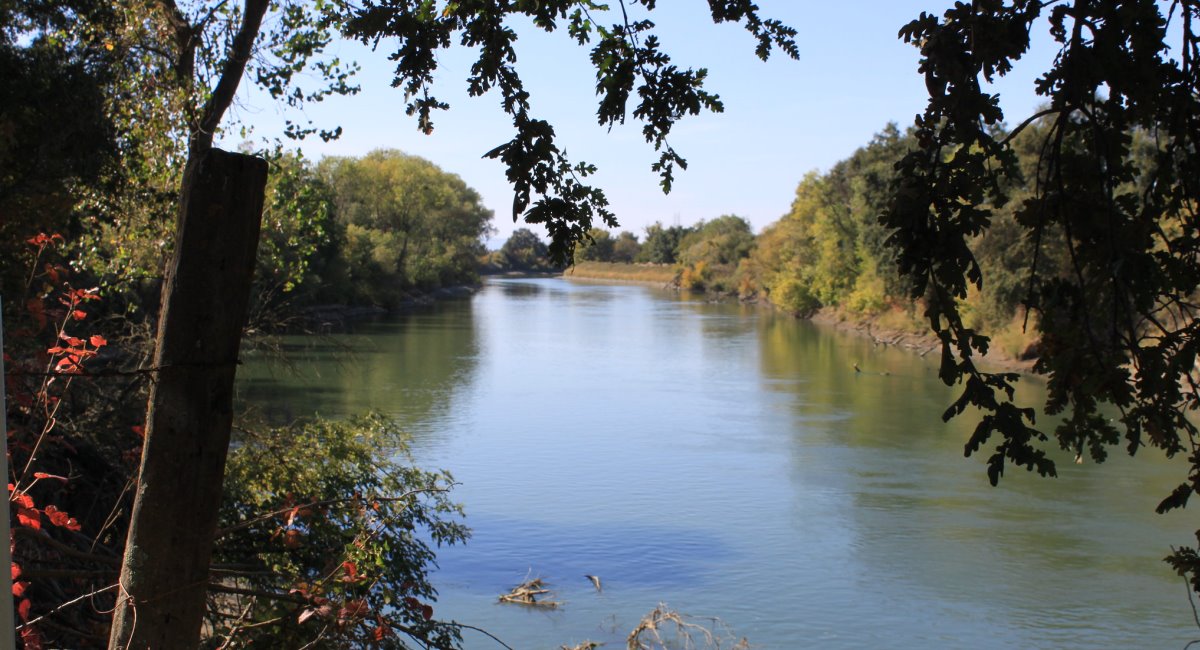Press release from Cal EPA:
 Federal and state agencies along with Sacramento River Settlement Contractors (SRSCs) agreed this week on an approach to addressing Central Valley Project operations on the Sacramento River this year (mid-April through November). As a result of extreme weather brought on by climate change, California is experiencing one of the driest years within the driest decade on record. The Sacramento River watershed has been especially impacted with the current storage in Lake Shasta at 1.7 million acre-feet, compared with the average 3.5 million acre-feet for this time of year. The unprecedented conditions will result in significant environmental impacts to native fish, birds, and other wildlife, along with critically low water supply to agriculture, resulting in substantial fallowing of crop lands in the Sacramento Valley.
Federal and state agencies along with Sacramento River Settlement Contractors (SRSCs) agreed this week on an approach to addressing Central Valley Project operations on the Sacramento River this year (mid-April through November). As a result of extreme weather brought on by climate change, California is experiencing one of the driest years within the driest decade on record. The Sacramento River watershed has been especially impacted with the current storage in Lake Shasta at 1.7 million acre-feet, compared with the average 3.5 million acre-feet for this time of year. The unprecedented conditions will result in significant environmental impacts to native fish, birds, and other wildlife, along with critically low water supply to agriculture, resulting in substantial fallowing of crop lands in the Sacramento Valley.
In order to respond to the dire circumstances and ensure the system can continue to serve multiple beneficial purposes that include water for cities and rural communities, farms, and fish and wildlife and their habitats in the Sacramento Valley, the agencies and SRSCs developed an approach to a proposed temperature management plan to be submitted by the Bureau of Reclamation to the State Water Resources Control Board for approval. This approach seeks to maintain winter-run Chinook salmon habitat for the longest period possible and creates a target for an average water release schedule of 4,500 cubic feet per second from Keswick Dam below Lake Shasta and a target for Wilkins Slough on the Sacramento River of more than 3,000 cubic feet per second. Given this, Shasta would have a projected end of September storage greater than a million acre-feet.
The agencies and SRSCs will coordinate weekly to adaptively manage the available water supplies, knowing dry years are challenging and unforeseen circumstances may arise this summer. As a part of this collaboration, the group will identify approaches to mitigating impacts to drought-related economic disruption and fish and wildlife impacts. In addition to the near-term actions, the agencies will continue to work together to support healthy rivers, farms and landscapes in the Sacramento Valley.
Agencies involved in this effort include the U.S. Bureau of Reclamation, which supplies the SRSC with water from the federal Central Valley Project, the California Environmental Protection Agency, the California Department of Water Resources, National Marine Fisheries Service, U.S. Fish and Wildlife Service, and the California Department of Fish and Wildlife.



